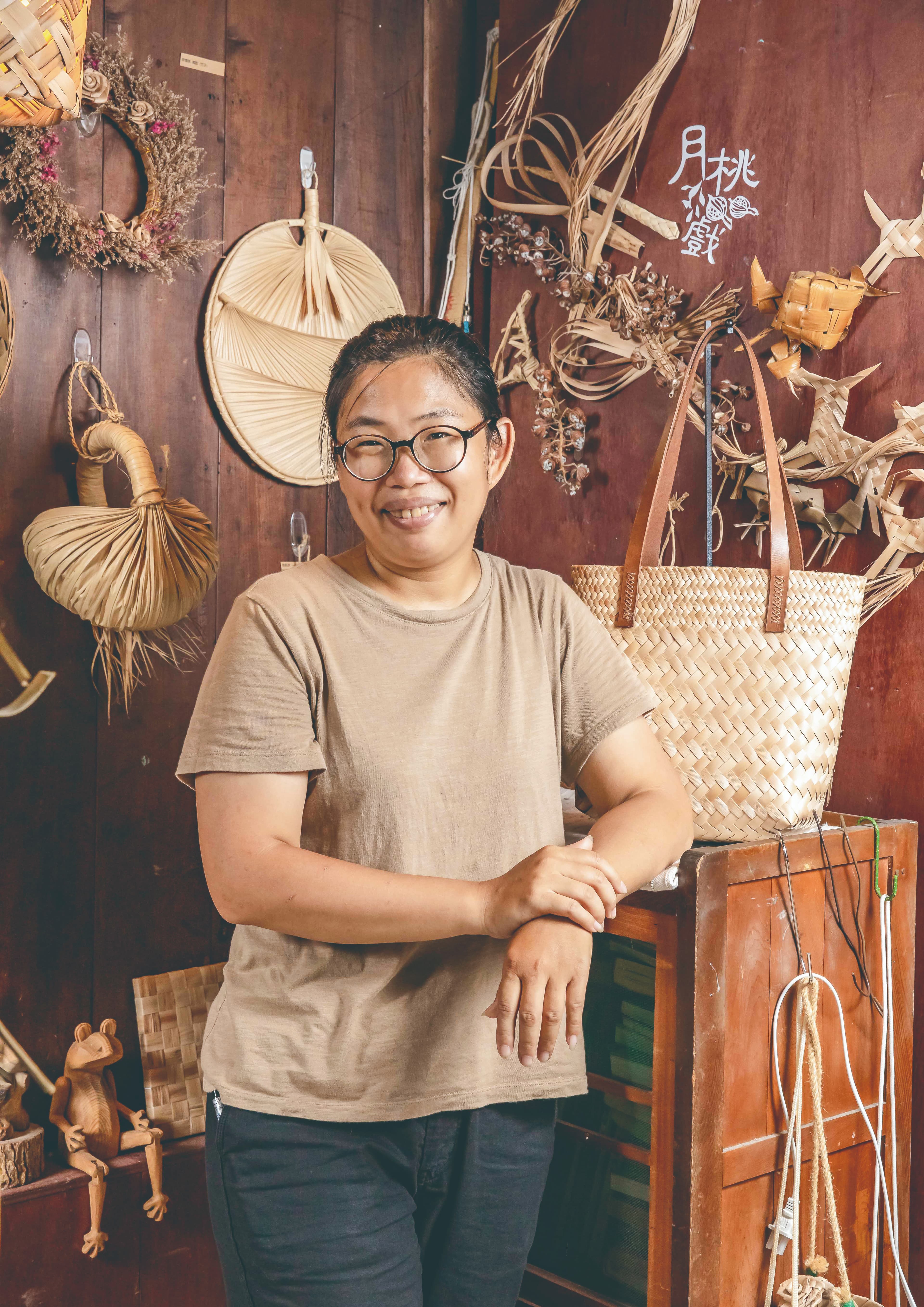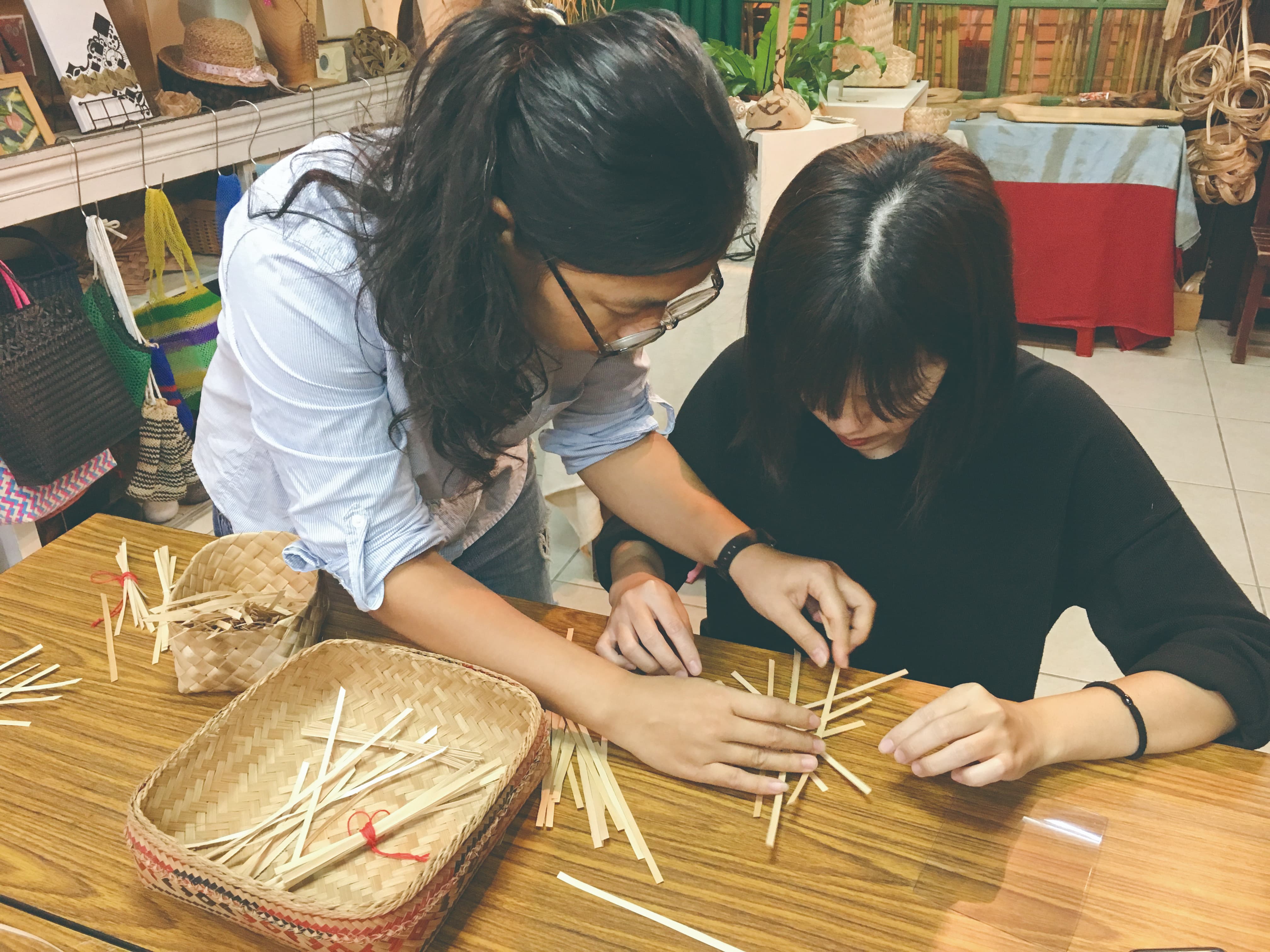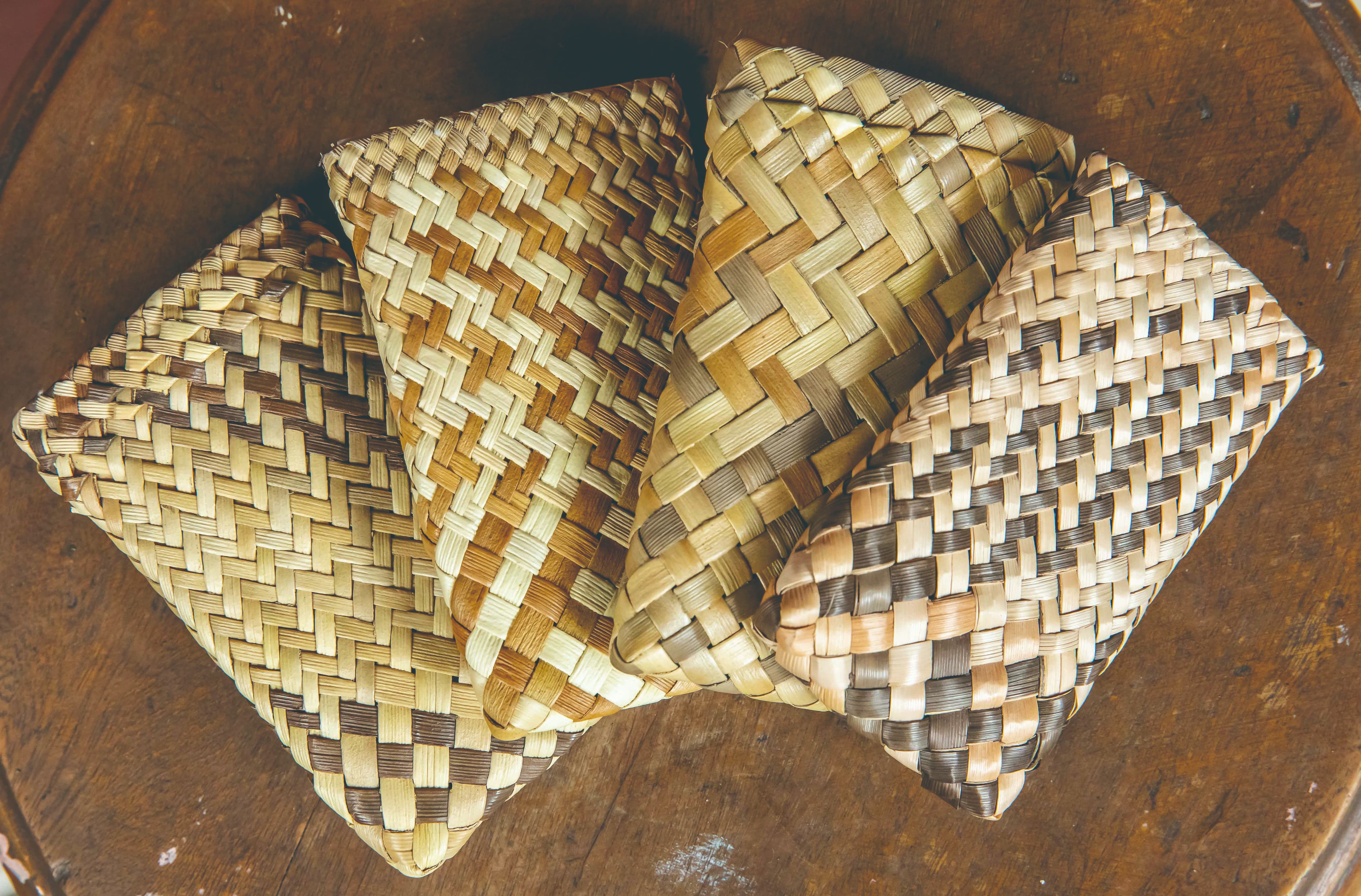Traditional Rukai and Paiwan homes are constructed from slates, and women in the village would weave shellflower mats and spread them on the slates to keep warm in winter and keep out the heat in summer. With urbanization, slate houses are becoming increasingly rare, and the craft of shellflower weaving can only be seen through the deft hands of female elders in the village. Before the craftsmanship is lost forever, let’s relive indigenous memories through the hands of Huang Fang-Chi.
Text/Chen Chen
Picture/Huang Fang-Chi, Editorial Office

Ordinary in the eyes of the villagers|The extraordinary spirit of the artisan
“Hualien is a special place with variegated appearances; Zhongshan Road can take you from the seaside to the mountains within 30 minutes,” says the owner of Shellflower Huang Fang-Chi. As a Taiyuan native, Fang-Chi was exposed to shellflower in rural villages when she took the community building class at university. When she was studying at a graduate school in Taitung, she came to Hualien and fell in love with its unique geographic location. She also realized that the ubiquitous shellflower in Hualien was not being put to use, so she decided to stay in Hualien to continue the craft of shellflower weaving.
She remembered the setbacks she encountered when she first started learning to weave shellflower. Shellflower weaving is a common and ordinary skill in the hands of Rukai and Paiwan women, thus when Fang-Chi wanted to learn the skill, the female elders in the village were all baffled and curious about her motivation. Although they verbally agreed to her request, they often stood her up, but Fang-Chi did not give up and approached another female elder in the village. After several visits, the female elders eventually became acquainted with Fang-Chi and were willing to teach her the skill.

Weather dependent|Unyielding resilience
Shellflower is a perennial herb that grows easily regardless of terrain, and April to August is the season when shellflower blossoms and bears fruit. To ensure the sustainability of the plant, Fang-Chi waits until shellflower seeds are sown before harvesting one year’s worth of shellflower. The next step is sun exposure, and this is where Fang-Chi was faced with her second setback. Due to the high humidity in Hualien and abnormal climate in recent years, the usually dry autumn now rains frequently. As a result, drying shellflower requires anywhere between one week and three months, so Fang-Chi needed to devise a strategy to overcome the problems presented by the weather.

Shellflower|Innovation through tradition
People may not know that shellflower leaves that are too soft and short are not suitable for weaving, and the so-called shellflower weaving involves the sheath of shellflower leaves. To enrich the presentation of shellflower products, Fang-Chi developed mud dye to create different shades of color on the shellflower. Furthermore, she has incorporated different plants such as snake plants and screwpine into her weaving. Located on Boai Street, “Shellflower” is the brainchild of Fang-Chi which doubles as her studio and a showcase for her artworks and shellflower collectibles. Fang-Chi welcomes visitors to make an appointment with her to experience shellflower DIY by mimicking the weaving techniques of the female elders in the indigenous villages. The activities correspond to Fang-Chi’s aspiration of carrying on the heritage and memories of shellflower weaving.
INFO|Shellflower
Address: No. 2, Ln. 159, Bo’ai St., Hualien City
Telephone: 0919-187684
Business hours: 14:30-21:00(closed on Tuesday and Wednesday)
Lavatory:No